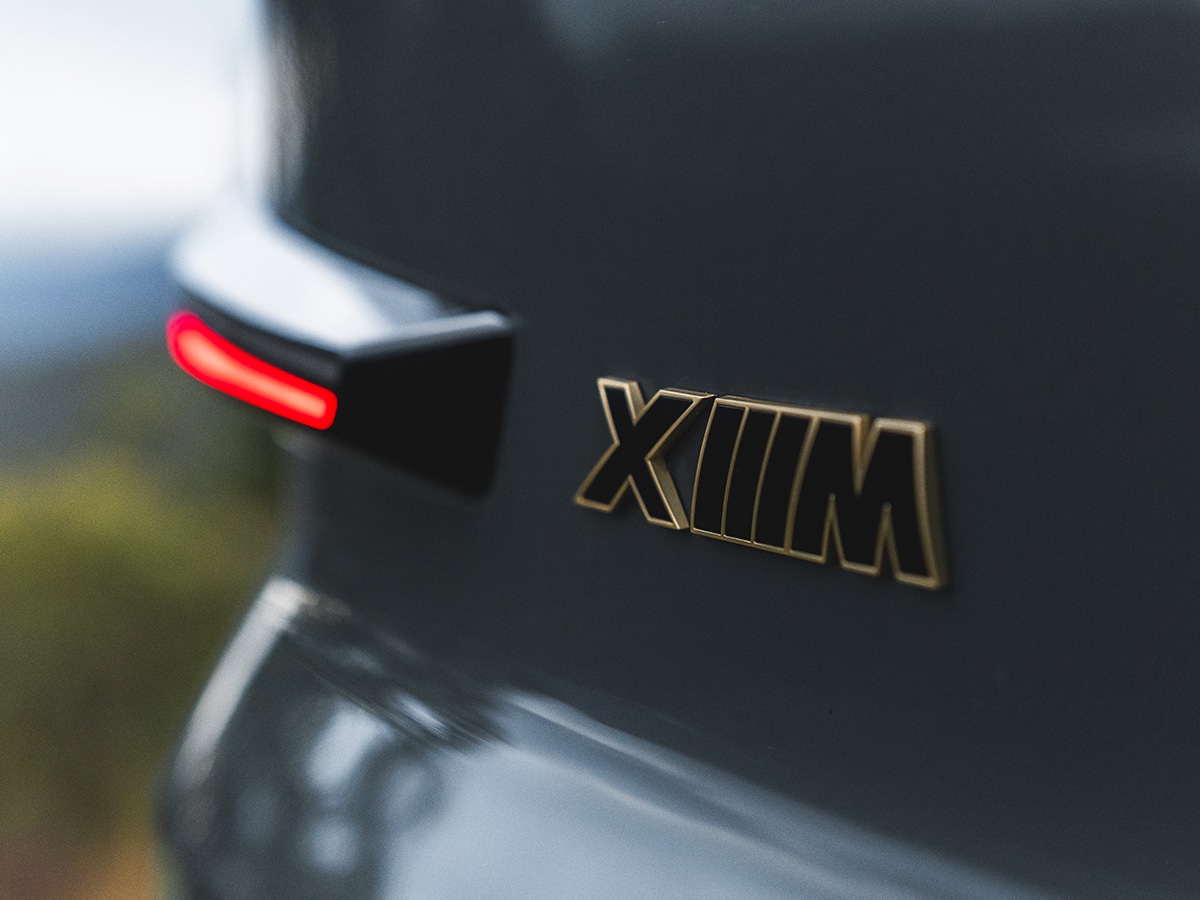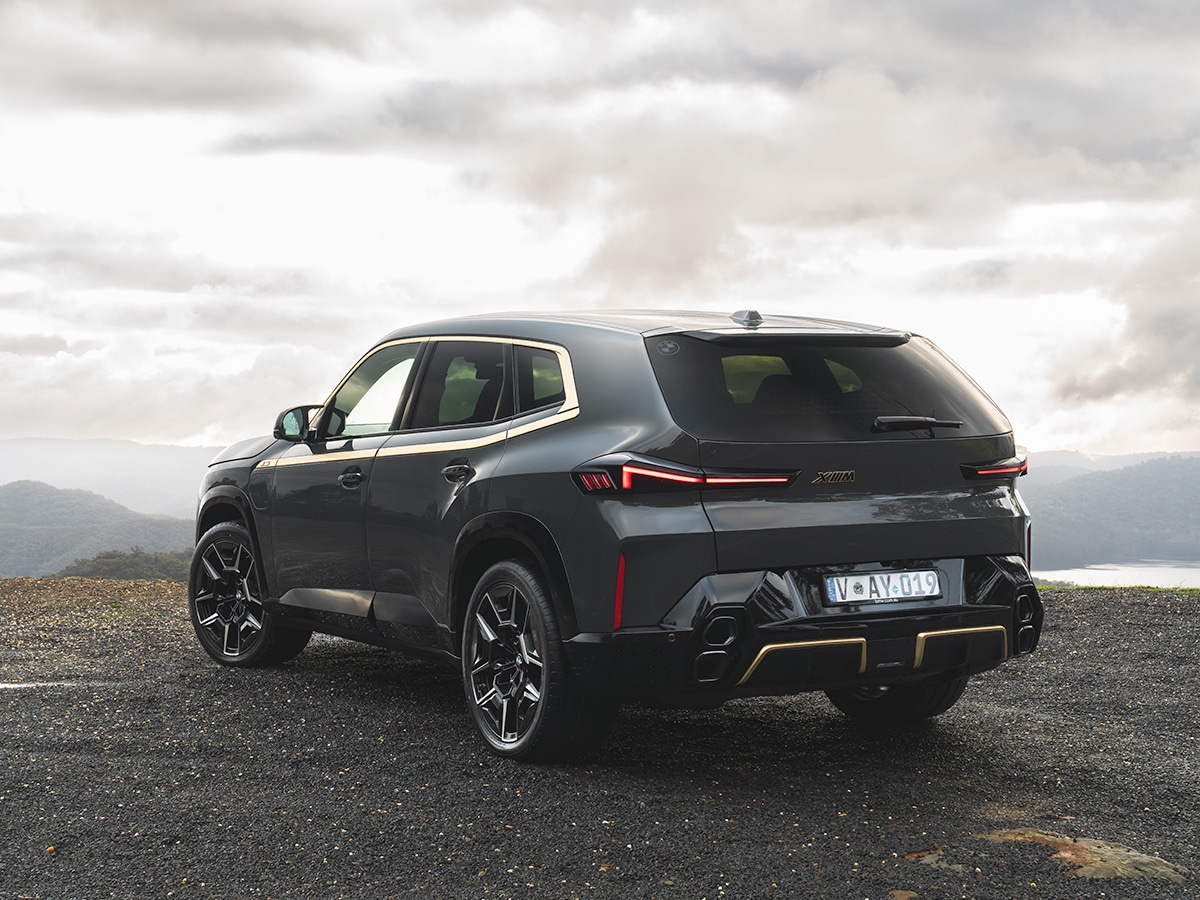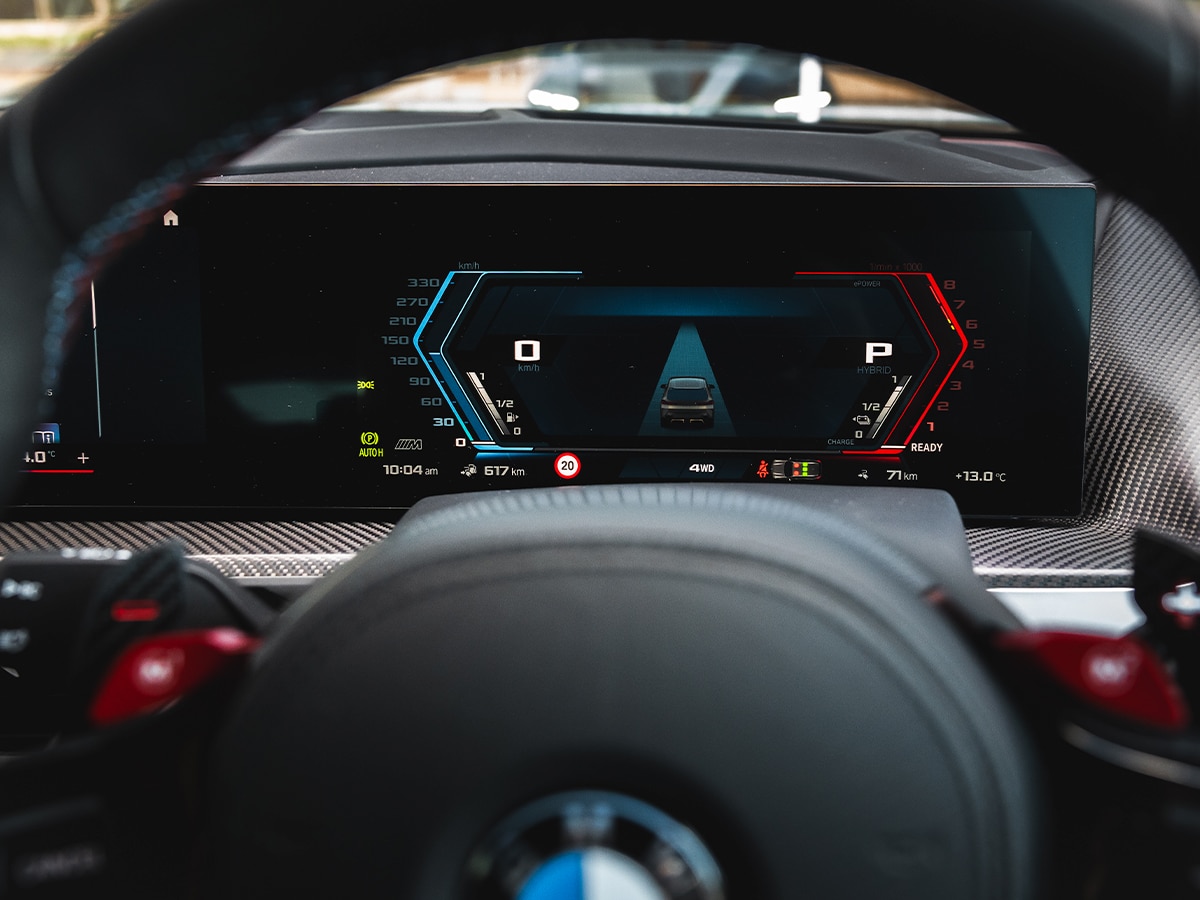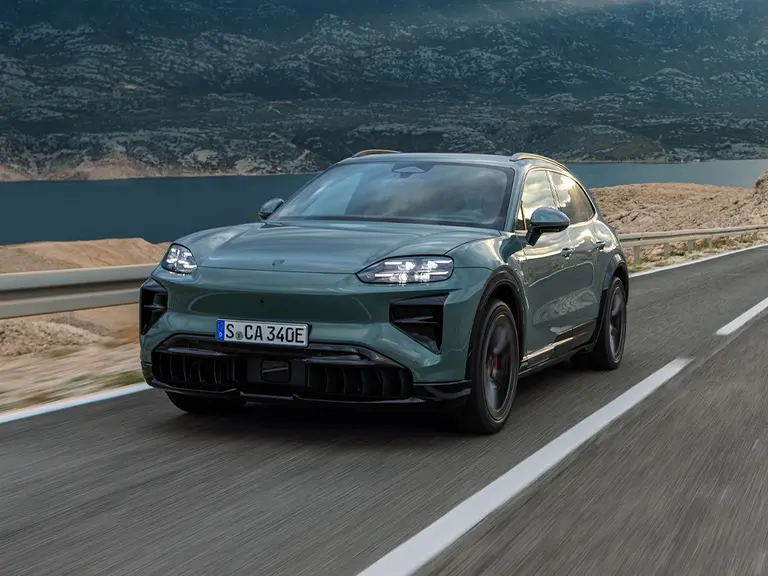
Published:
Readtime: 6 min
Every product is carefully selected by our editors and experts. If you buy from a link, we may earn a commission. Learn more. For more information on how we test products, click here.
It comes as no surprise that the BMW ‘M’ badge is one of the most respected performance brands in the automotive industry. From its inception as a motorsport brand in 1972 to the M1’s release in 1978, BMW M cars have consistently been some of the most impressive sports cars ever made. But in the ever-evolving melting pot of emerging automotive technologies, where heritage melds with innovation, brands like BMW’s ‘M’ are standing at the vanguard of an epochal transition.

On the one hand, you must acknowledge your motorsport-focused origins; on the other, a thirst for progressive technologies and thinking. BMW’s answer to this feels like a prototype of sorts—a glimpse into BMW’s ambitious future and an extension of the M Division’s revered lineage; The BMW XM.
The XM is a magnum opus, a standalone M car that looks worlds apart from the M1 supercar of 1978 yet peaks into the brand’s sustainably slanted performance offerings in the future. On paper, it didn’t seem to embody much of the ‘M’ ethos, but as I found out driving the new goliath, things are always more nuanced than they appear.

BMW XM Design
The BMW XM presents itself as a tangible embodiment of presence-focused exclusivity, and the exterior conforms entirely. With its audaciously styled ‘Sports Activity Vehicle’ (SAV) profile, the XM commands a stance that incites both esteem and power.
Exterior
It flaunts a dynamic front end, carried by the glitzy gold-coloured surrounds and hypnotic contour lighting of the BMW kidney grille, while a tastefully placed gold accent band gives a subtle nod to the XM’s extroverted character.
This opulent exterior rests atop imposing 23″ M light-alloy wheels (standard in Australia), forming a silhouette that embodies the essence of authoritative elegance. The XM’s exterior is a well-crafted blend of prestige and presence, with every curve and crease living up to BMW’s lofty build quality standards.

Interior
Inside, the XM puts its exterior bruteness on ice and makes way for a more lavish interior atmosphere. The vintage leather-clad cabin presents a rich tapestry of intricate details, such as the sculptural headliner embellished with a three-dimensional prism structure, showering the space with a captivating display of atmospheric illumination. The driver’s cockpit leans into its M division’s driver-centric philosophy, boasting M multifunction seats, a model-specific M leather steering wheel, and M-specific graphics.
Meanwhile, the rear M Lounge (a one-piece seating area) treats passengers with heated backrests and specially designed cushions (ala i7), creating an ambience reminiscent of a refined lounge. The entire atmosphere feels more akin to the 7 series than it does an X5, with excessive space and luxury for all passengers.

But the pièce de résistance has to be the illuminated headliner (or car ceiling in the common tongue). The ambient light projects a three-dimensional prism structure overhead that leans into the extrovert side of the car’s character. Colours and designs can be altered via the iDrive system, which should be enough to distract children and adults alike.

2023 BMW XM Performance
Beneath its extensive shell, the XM harbours a powerplant to match its stature. The plug-in hybrid drive system is a compelling blend of a 4.4-litre M TwinPower turbo V8 and a state-of-the-art electric motor. This power partnership churns out a combined output of 480kW and 800Nm, allowing the XM to juggle explosive acceleration with eco-friendly efficiency.
The performance narrative of the XM is genuinely staggering, conquering the sprint from standstill to 100km/h in a blistering 4.3 seconds. Amplifying this exhilarating performance, a model-specific sports exhaust system with hexagonal dual tailpipes provides an acoustic experience as visceral as the ride itself (with a bit of help from composer Hans Zimmer).
Driving through the Adelaide Hills, the XM makes short work of inclines and overtaking thanks to its colossal power and torque. While you don’t notice the weight under acceleration, you feel it under hard braking.

Chassis
With such a large, heavy body to manoeuvre, the XM showcases an ensemble of technologies curated to tame the beast as best they can. Like its M siblings, the M xDrive all-wheel-drive system is rear-wheel bias, which gives a noticeable tail-driven punch, with the added benefit of some front-wheel traction to pull you out of low-speed corners. Additionally, the XM benefits from Integral Active Steering (fancy four-wheel steering), enhancing manoeuvrability by steering the rear wheels in the opposite direction at lower speeds.
The bespoke M-specific tuning strikes a balance between rigidity and ride comfort, depending on your suspension settings. The 23″ wheels look impressive but come at the expense of some ride comfort. I can’t help to think that the 21″ downgrade would offer a better ride, albeit at the cost of a slightly less baller stance.

The Verdict
There’s no denying it. The BMW XM is a statement. It’s beautifully built, luxurious, innovative, and has some industry-leading engineering. It also feels like the start of BMW’s M division releasing more electrified powertrains, which, depending on your disposition, is very exciting in itself. My real issue here is a fickle case of identity.
The XM is a lot of things, but it doesn’t embody the fundamental elements of an ‘M’ car. Luxurious? Sure. Beautifully made? Absolutely. But at the end of the day, M stands for motorsport, and I’m afraid this car is too far removed from that ethos.

BMW needs a separate brand under their umbrella that lends itself to these types of projects. A ‘W’ division, perhaps? Whatever the case, BMW will continue to build new cars for new segments, and I’m excited by this prospect.
The advent of the XM not only underscores BMW’s prowess to push the boundaries of what’s possible, but it also affirms its role as a trendsetter in automotive technologies. For that, regardless of the badge it wears, it is something to be commended.







Disclaimer: The author of this article, Justin Jackie, was invited to review the 2023 BMW XM as a guest of BMW Australia.































Comments
We love hearing from you. or to leave a comment.